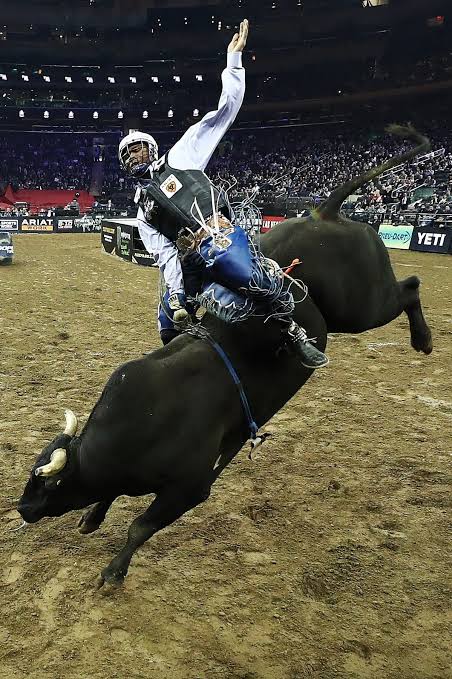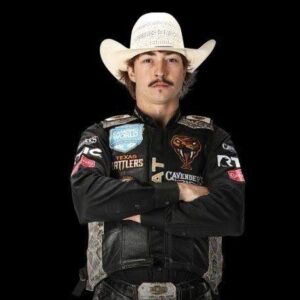
Bull rider injuries and fatalities can be ascribed to a number of variables, each of which contributes to the intricate dynamics of this intrinsically risky activity.
1. Inherent Risks of the Sport
Riding a bull is inherently risky. A rider must attempt to stay mounted on a charging bull for eight seconds in order to participate in the sport, which has a high risk of falling, getting trampled, or getting gored. Riders join deliberately, knowing that there is a chance of serious injury or death. They are conscious of these dangers. Despite the risks, many are drawn to the sport because of its excitement and difficulty.
2. Bull Riding Organizations
Entities such as the Professional Bull Riders (PBR) bear a major obligation to guarantee the security of their attendees. They establish the regulations, offer instructions for safety gear, and guarantee that events are carried out in a controlled environment. The wearing of safety equipment, such as helmets, vests, and mouthguards, is required. Additionally, they set procedures for dealing with injuries when they happen, such as having medical professionals on hand to offer emergency care.
A vital part of ensuring safety is played by those who plan bull riding events. This entails making certain that the location is suitable and secure for these kinds of events, that there are sufficient barriers separating the bulls from the spectators, and that medical resources and staff are easily accessible. To reduce the risks involved with bull riding activities, careful preparation and observance of safety protocols are crucial.
4. Riders Themselves
Riders have a personal responsibility to follow safety protocols and use the required safety equipment. They must also be aware of their physical condition and make informed decisions about participating, particularly if they are recovering from previous injuries. A rider’s judgment and respect for the sport’s dangers are critical in preventing accidents.
5. Bull Handlers and Stock Contractors
These people are in charge of choosing, raising, and caring for the bulls that are utilized in events. Improving the health, well-being, and training of the bulls is essential to lowering their erratic and overly hostile conduct. It is the responsibility of stock contractors to guarantee that bulls are healthy enough for competition and not overly agitated or agitated, as this could put riders in danger.
In conclusion, even though there will always be risks associated with riding bulls, these risks can be greatly reduced by the coordinated efforts of organizations, event planners, riders, and bull handlers. Maintaining the integrity and thrill of the sport while protecting riders requires constant development in safety standards, education, and protocols. All parties engaged bear a share of the responsibility, with each playing a crucial role in the pursuit of safer bull riding experiences.







